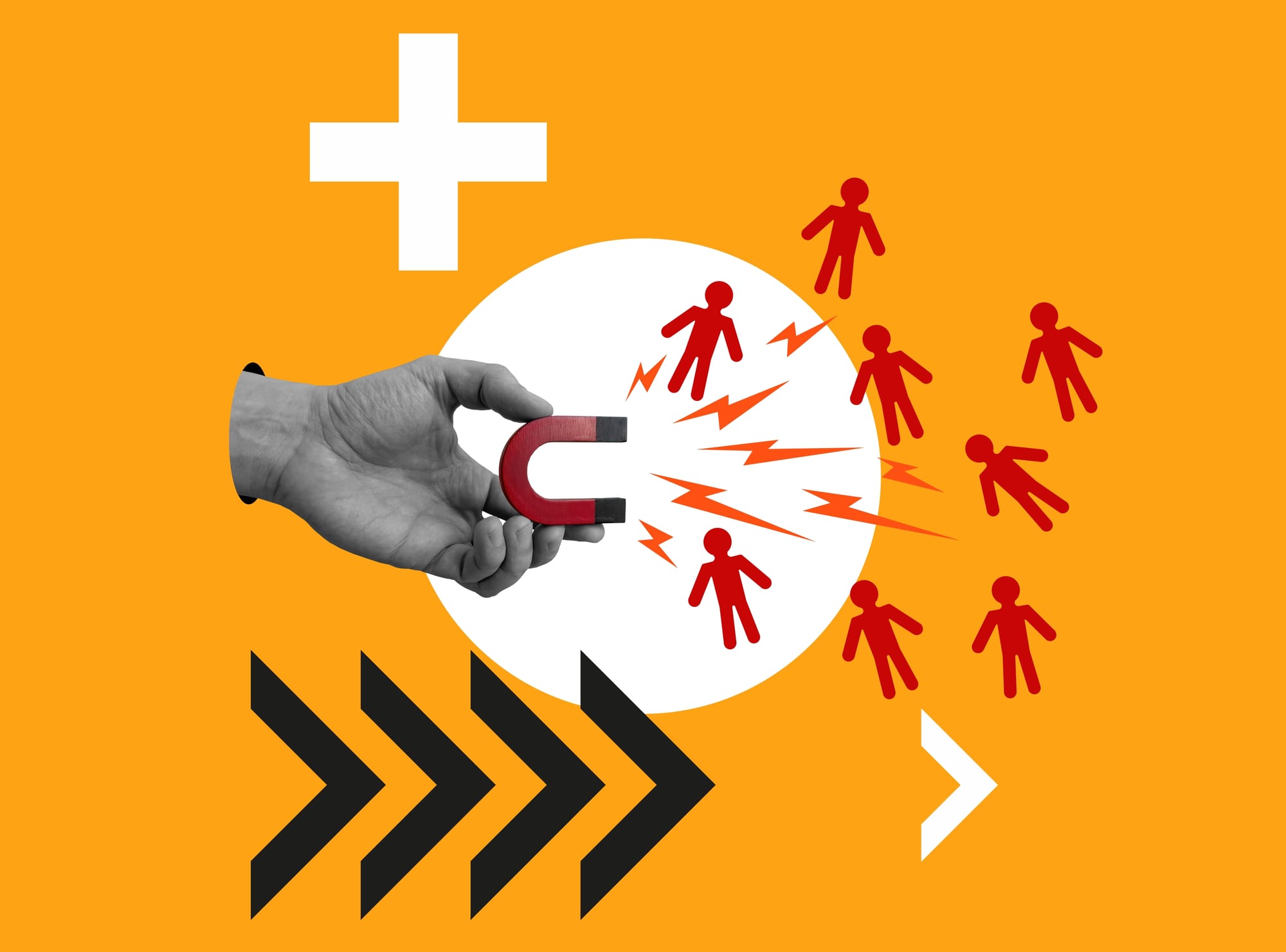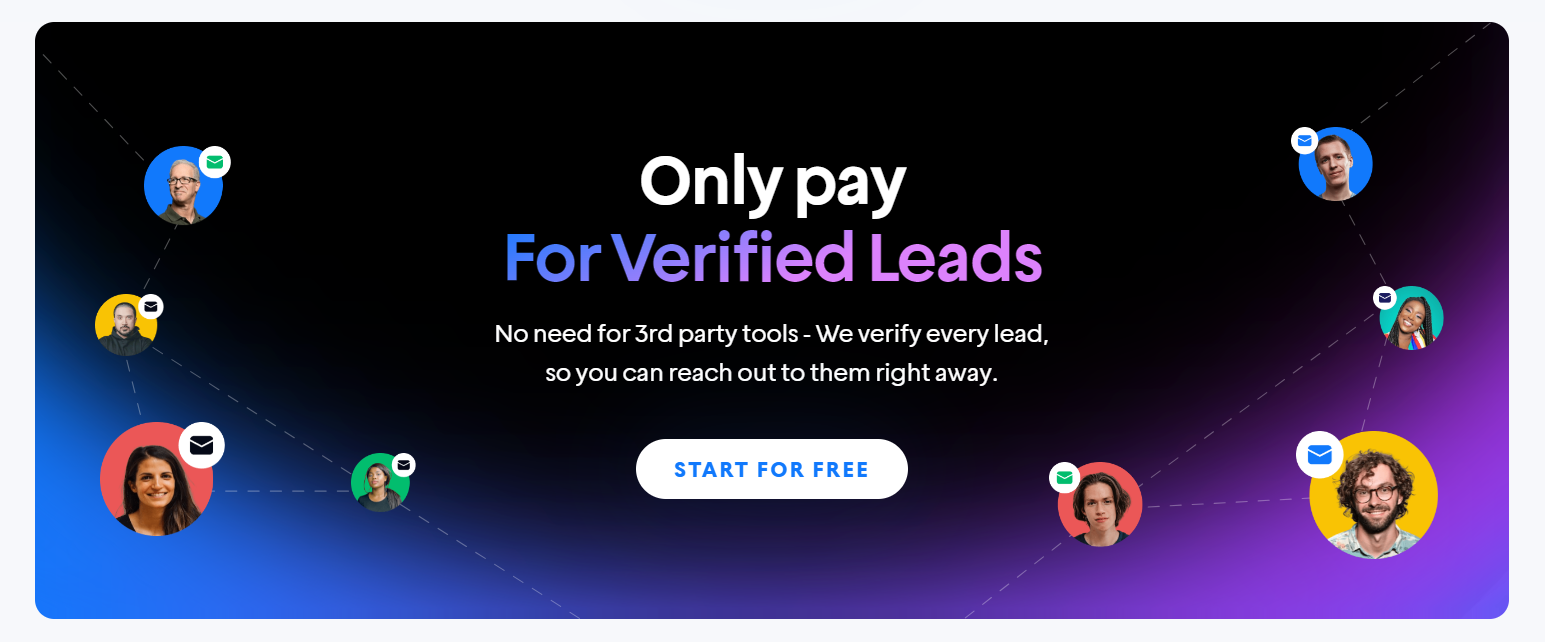Customer acquisition is an integral part of any sales process. For most industries, acquisition strategies are categorized into demand and lead generation.
Demand generation centers on acquiring prospects through brand awareness. Lead generation aims to convert potential prospects into paying customers. So, which one should you focus on?
Both demand and lead generation have a place in every acquisition strategy. But, understanding the nuances between them can lead to more profitable sales funnels.
- Demand generation vs. lead generation
- What acquisition strategy should you focus on
- How to align demand generation and lead generation
- Acquisition strategies that leverage demand and lead gen
The Nuances Between Demand Generation Vs Lead Generation
Marketing teams often handle demand generation efforts, focusing primarily on content marketing. Lead generation is a function of sales teams. Both lead and demand generation overlap. Clearly defining each term can create a more holistic sales process.

Demand Generation: Goals, Sales Funnel Stage, Strategies, and Metrics
Demand generation educates prospects about your brand, products, and services. It doesn’t matter if the customer isn’t ready to purchase. The goal is to generate awareness.
Think website content, video guides, or webinars. That sounds like content marketing—and it is! Content marketing is just one example of a lead generation strategy.
Demand generation is simply content marketing for top-of-funnel leads. You can monitor the performance of your demand generation efforts by examining key metrics such as impressions, engagement, brand mentions, or website traffic.
Lead Generation: Goals, Sales Funnel Stage, Strategies, and Metrics
Lead generation focuses on converting interested leads into paying customers. That’s why demand generation is integral to lead generation. You can’t have interested prospects without it.
Sales teams generate leads for your business. They identify and engage with leads who benefit most from your products or services and leverage strategies like SEO, email marketing, or PPC.
Marketing efforts here are tailored to qualified lead segments in your sales funnels' middle and bottom stages. You monitor metrics such as cost per lead, conversion rates, and sales revenue.
What Should You Focus On? Demand Generation or Lead Generation
Demand and lead generation exist in the same funnels. One works at the top, the other at the bottom. Both need one another. However, focusing on one can help you optimize your sales process.
In most cases, the clear answer is to front-load marketing efforts into demand generation. Customers in industries like B2B SaaS want to make informed purchases.
Demand generation helps you gain compound interest over time. The more people learn about your products and their value; the easier it is for your sales team to generate leads.
When you front-load your demand generation efforts, it becomes easier to get prospects to commit to a demo, book a discovery call, or even reply to an email.
How to Align Demand Generation and Lead Generation
Demand and lead generation differ in success metrics, often leading to discord between your sales and marketing teams. Aligning the two bridges the gap, resulting in more revenue.
To align demand and lead gen, you must understand how their goals impact your marketing strategy and the customer journey. Here’s how to do just that:
Demand and Lead Generation Efforts Should be Customer-Centric
Produce content that solves your prospects’ most pressing pain points. Always provide value in every step of the sales funnel. Demand generation efforts should focus on broader issues. Lead generation efforts can then get deeper into the subject to help contextualize value to prospects.
Simplify Free Trial Signups
When prospects finally decide to visit your website and check out your products, make it easier for them by reducing the friction required to sign up for a free trial. Single-click sign-up options with Google is a great example.
Offer Quality, High-Value, Gated Content
Gated content acts as a qualification stage. Offer in-depth, high-value content in exchange for contact information. You can take this further by only allowing business emails.
Marketing and sales should collaborate for these types of gated content. Sales can provide proven strategies for solving pain points, and marketing can ensure that the information is relayed in a digestible way that aligns with your brand tone and messaging.
Strategies That Leverage Demand Generation and Lead Generation
Leveraging strategies that utilize lead and demand generation provides your prospects with a smooth transition from the top to the bottom of your sales funnel. Some of the best strategies include”
Email Marketing
Demand generation is a long-term strategy for building brand awareness and interest in your products or services. It takes time to make a lead list from these campaigns to engage with.
Email marketing cuts that time and provides a direct way to reach prospects who may be interested in your products through cold email and lead finder tools.
Cold email outreach generates demand. Even if prospects aren’t unaware of your brand, they could still benefit from your offer.
If you already have a list of interested leads from lead generation campaigns, the best way to engage with them is through automated nurturing campaigns.
When leads are ready to buy, sales reps can use email marketing as the primary business communication vehicle for negotiations.

Search Engine Optimization
Implementing SEO for your websites ensures that your key landing pages have the highest chance of appearing during your prospects’ research phase. Focus on creating quality content that aligns your keywords with your prospect's search intent.
Webinars and Virtual Events
Free webinars are a great way to generate interest in your products. The webinar's focus can be solving familiar pain points, which is an excellent way of positioning your products as the ultimate solution.
After the webinars, your sales team can follow up on the participants and add them to nurturing campaigns. This can also act as a qualifying tool for segmenting highly interested leads.
Conclusion
Demand generation focuses on strategies to reach a broad audience, while lead generation centers around finding and engaging with interested prospects. Both offer a more holistic sales process. To recap, here are vital insights you might’ve missed:
- Demand generation is for building brand awareness. It leverages content marketing to reach leads at the top of your sales funnel.
- Lead generation focuses on converting interested leads into paying customers. Marketing is tailored to meet their specific needs.
- Email marketing is the best vehicle for both lead and demand generation.
If you want to leverage email marketing for lead and demand generation, you will need a tool to automate and streamline your efforts. Try Instantly.ai today!




